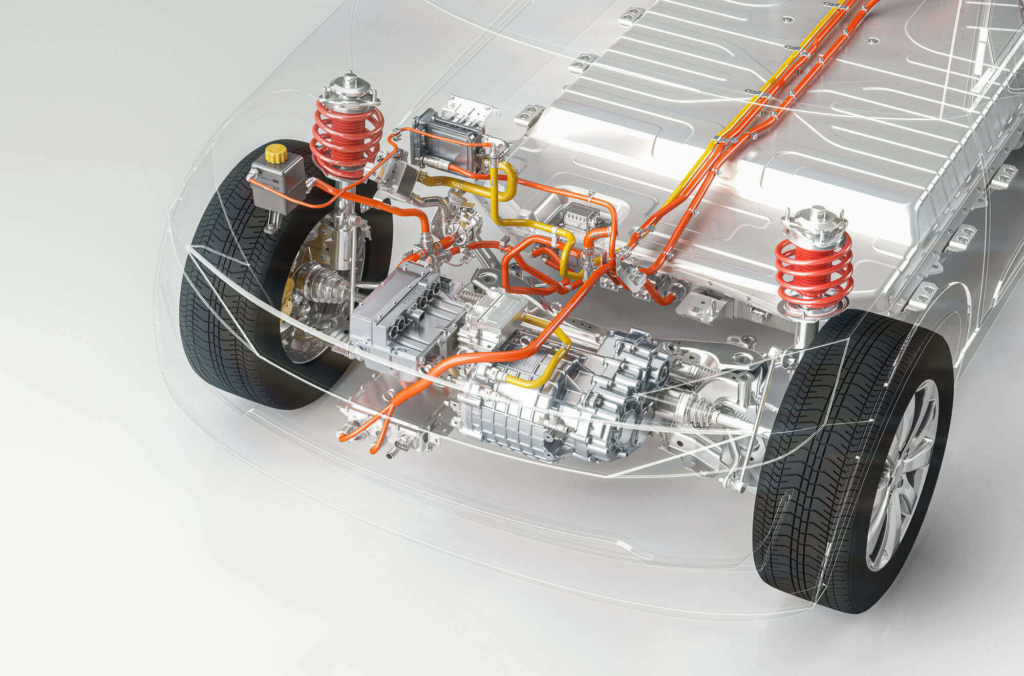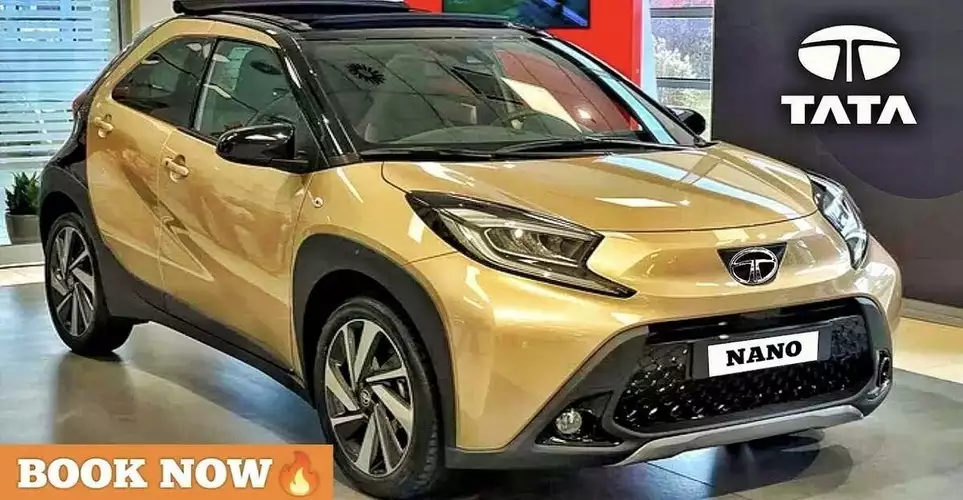Tata Nano EV: Tata Motors, one of the biggest automakers in India, is keen to lead the country’s rapidly expanding electric vehicle (EV) industry. The Tata Nano EV is an attempt by the firm to redefine affordability in the electric car market. What to anticipate from this fascinating new offering is broken down here in detail.
The Nano History
Tata Motors introduced the Nano in 2008 with the goal of becoming the “people’s car.” Ratan Tata wanted to enable every Indian home to possess a car, which is why he designed this affordable hatchback for only one lakh rupees . The Nano encountered obstacles like safety worries and a reputation as a “cheap car,” despite the favorable welcome it received at first.

The Electric Nano: A Futuristic look and a second Chance?
In the year 2024, India’s electric vehicle market is booming. Tata Motors is taking advantage of this trend by offering the Tata Nano EV, a second chance for the Nano. With its affordable price that helped the original Nano become a hit, this electric version aims to be more environmentally responsible.
The highly anticipated electric makeover of the Tata Nano, a vehicle renowned for its affordable pricing, is about to happen. With a 300-kilometer driving range on a single charge, this environmentally friendly model is a great choice for short excursions and metropolitan commuting Tata Nano EV provides an easy and convenient driving experience thanks to its many features, which include a rear parking camera, airbags, adjustable steering, air conditioning, and a multi-information display

Power and Efficiency of Tata Nano EV
An electric motor that runs on brushless direct current, or BLDC, is anticipated to be included in the Tata Nano EV. High efficiency, little maintenance needs, and silent operation are just a few benefits of BLDC motors. The battery pack is said to be a 15.5kWh lithium-iron cell that strikes a compromise between cost and functionality.

All new Features of Tata Nano EV
The Nano EV is anticipated to have a cutting-edge infotainment system with a 7-inch touchscreen and compatibility for Apple CarPlay and Android Auto, however specifics are still being worked out. It is also likely to come equipped with standard equipment, including Bluetooth connectivity, power windows up front, power steering, and a multi-information display. The experience of driving is made more comfortable and entertaining with a 6-speaker sound system.
| Feature | Details |
|---|---|
| Battery | 15.5kWh |
| Motor | 72V 3-Phase AC Induction Motor |
| Driving Range | Up to 312 kilometers (expected) |
| Features | Multi-information display, airbags, adjustable steering, air conditioning, electric power steering, air quality control, rear parking camera, anti-lock braking system, front power windows, AC climate control, Bluetooth connectivity, remote locking system |
| Expected Price | Around Rs 7.98 lakh (ex-showroom) |
The Nano EV’s success depends on 3 number of variables.
1-Affordability: The original Nano’s low cost was one of its key features. To draw in customers who are price conscious, the electric version must have a competitive price point.
2-Infrastructure for Charging: Adoption would be significantly impacted by the availability of charging stations throughout India. It may be necessary for Tata Motors to engage with charging network providers in tandem.
3-Range and Performance: Especially for city trips, a balance between a sufficient driving range and lively performance will be crucial.

Tata Nano Ev Will change the Future of Electric Mobility in India
The potential impact of the Nano EV goes beyond the selling of individual vehicles. It might act as a trigger for:
Increased EV Adoption: India’s transition to sustainable mobility can be accelerated by offering more people with an inexpensive electric vehicle to consider.
Competition in the Budget EV Market: With the introduction of the Nano EV, other automakers may become more competitive, which would result in a greater selection of reasonably priced electric vehicles.
Infrastructure for Public Charging: If the Nano EV is successful, it could encourage investments in growing the public charging network, which would be advantageous for all EV owners.
Read More: Tata Electric IPO: The Tata Group is preparing to launch another IPO for raising $1–$2 billion.



